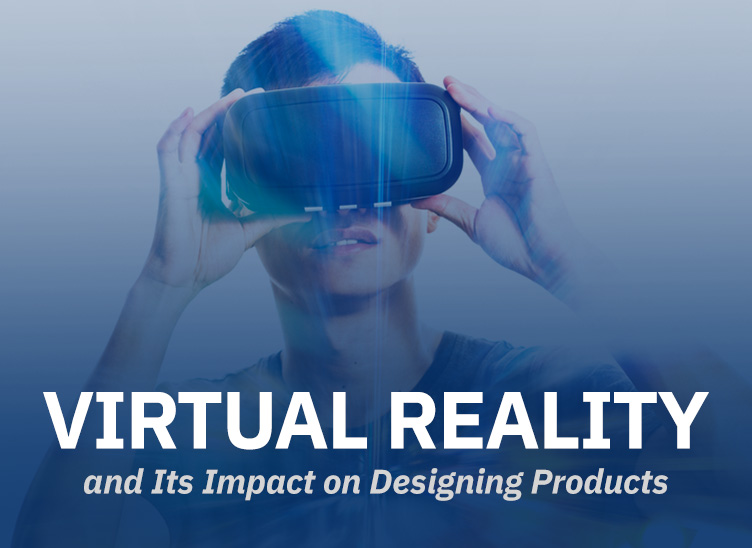
Virtual Reality and Its Impact on Designing Products
Virtual reality is more than just a fun way to play video games. This technology is becoming more prominent across multiple industries, especially in product design and manufacturing. It is helping to create better products in less time and with less money.
Less Time
In a traditional form of production, manufacturing companies go through several different steps and stages before the final product is produced, which are:
- Creating the initial design on a computer
- Making a prototype of the design
- Work out problems, then make an improved prototype (repeat until product is right)
- Produce the final product
Virtual reality gives a three-dimensional view of products from the design stage. There are a lot of limitations to only using a screen to spot details in more complex products, so using virtual reality helps designers and engineers see their products on a life-size scale. This improves chances of spotting potential problems before the first prototype is even manufactured, reducing the amount of time spent on finding problems.
Once production on prototypes begins, there are fewer revisions overall because problems were found using the virtual reality. With 3D software, you can not only look at the designs better but experience the elements of the products the company is making. You are essentially creating prototypes faster and making changes in less time too.
Less Money
Producing prototypes takes money. Manufacturing prices are usually low because products are ordered in bulk amounts for selling over many markets. Producing a prototype takes more money per piece because specifications are still being figured out and only one product is made. The less money put into making these prototypes, the better the overall costs are when it comes time for production.
Creating all the prototypes in virtual reality software costs less money than continually producing a physical one with each change. This means you don’t waste materials or take up valuable machine time on bigger jobs, saving everyone more money on the entire job.
Limitations
While many of the wealthiest corporations in the world have used this technology in their companies for decades, it hasn’t been available to everyone. The high costs of the software and the equipment used to support it have limited smaller companies from having access to these benefits. In the long run, the upfront costs are less than the time and costs spent on each project, freeing up these valuable resources for other businesses and projects, but funding that initial purchase is just out of reach for many companies.
Two other limitations have been having space for the equipment and availability. Over time, virtual reality has become smaller in size, just like other computer-based products. It still takes a lot of room and equipment, but it is easier to set up.
As for price and availability, virtual reality is becoming more commonplace in other industries, which helps bring the costs down for everyone. The more companies invest in it themselves, it helps open the market to other creators for selling similar software programs and equipment, leading to competition and lower prices too.
Manufacturing companies like us, as a rubber and plastic manufacturer, are anxious to bring this immersive technology to their design teams. It is projected that within the next decade, it will become a more affordable option for everyone, which will bring a bigger impact to the manufacturing industry.
